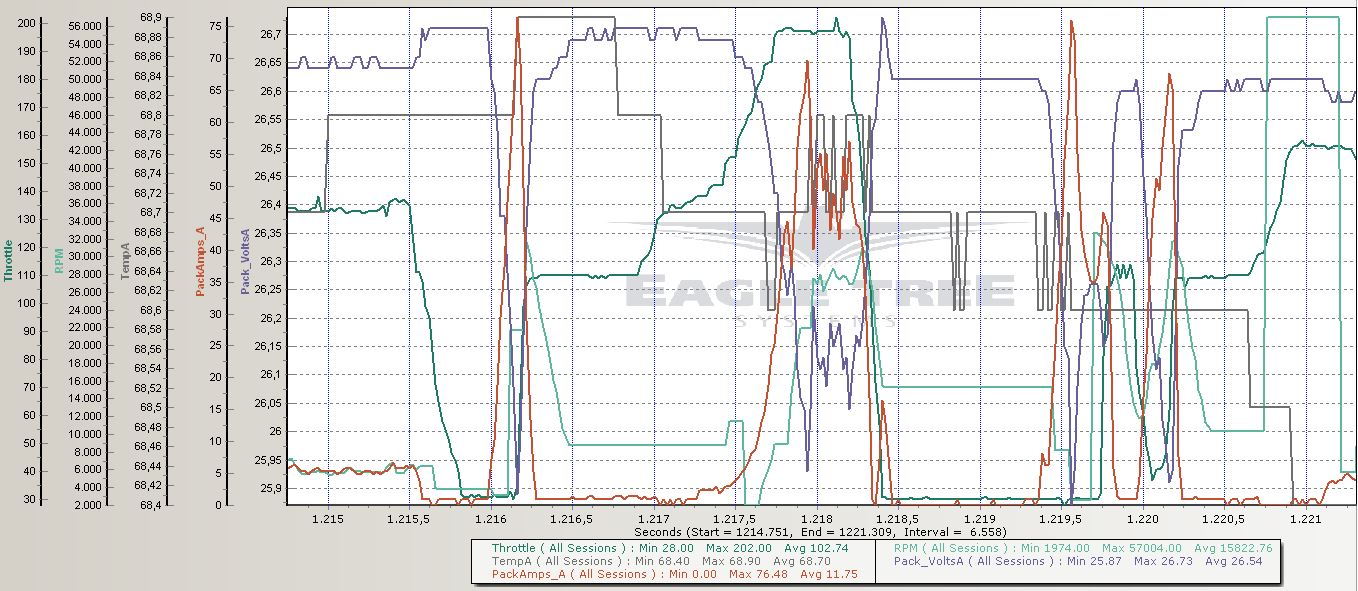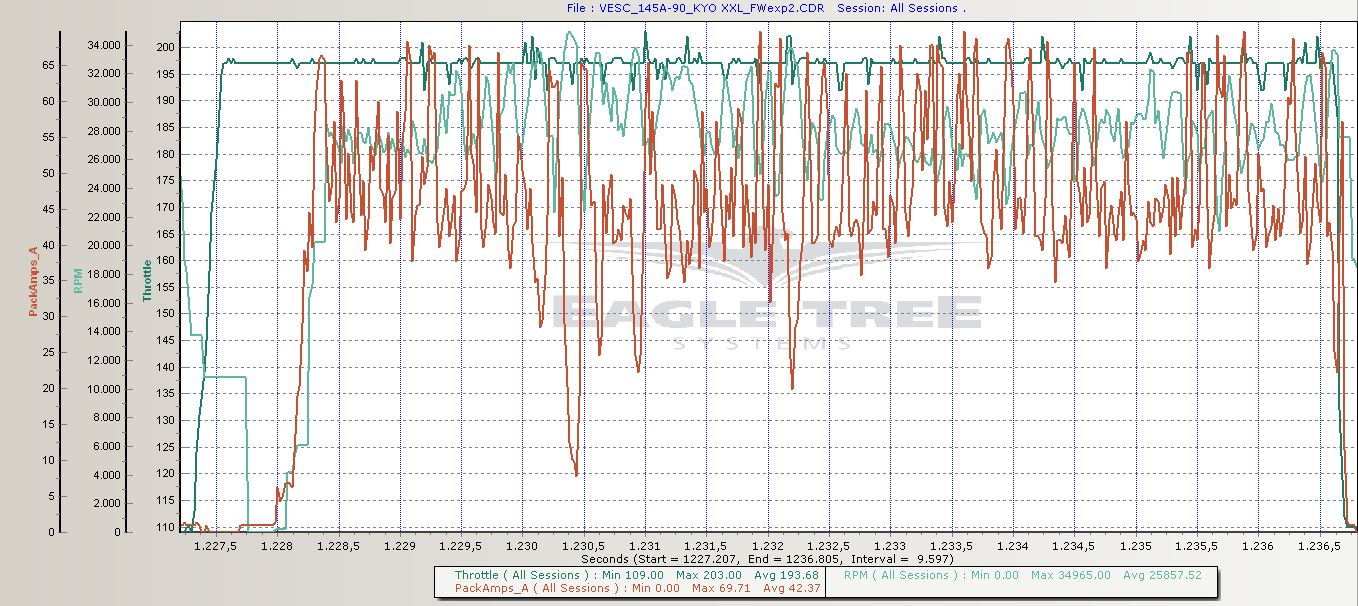Marcin
1 W
- Joined
- May 12, 2015
- Messages
- 51
furp said:Hooray it lives! I tested it in my scooter, using the ppm input coming from a modded servo tester, but it seems to work only on duty cycle mode, not on current. Current mode just turns the motor on/off and no speed adjustmend is made. Most of the stuff in the BLDC too I don't understand, but I hope it will just work like this.
One thing I noticed while rewatching vedders video is that even for uploading the firmware per stlink, the VESC is already connected to a battery. When I programmed my first VESC (which tuns out DRV error now), I used only the stlink v2 for flashing it but no external battery power, could that have been the problem?
Lastly, I don't really understand what file to download to get the latest firmware/bldc tool. I can probably just do the download and install commands for bldc tool again and it will get the latest one, right? But I don't know which file to download and chose for updating the firmware via bldc tool.
Furp, if you've purchased a VESC from me, you can use this BLDC tool (for windows): http://ampcite.com/downloads/
and the firmware 1.10 View attachment BLDC_4_ChibiOS.zip that you can flash using ST-Link
You don't need any battery connection if flashing through ST-Link.
Also, Current mode works that way until you put some load on the motor. Try the current mode when standing on the scooter (ready to jump off just in case
Keep in mind that the firmware is meant for the latest VESC (47) hardware which was sold by me, it won't work on older revisions of the VESC
Best wishes, Marcin








